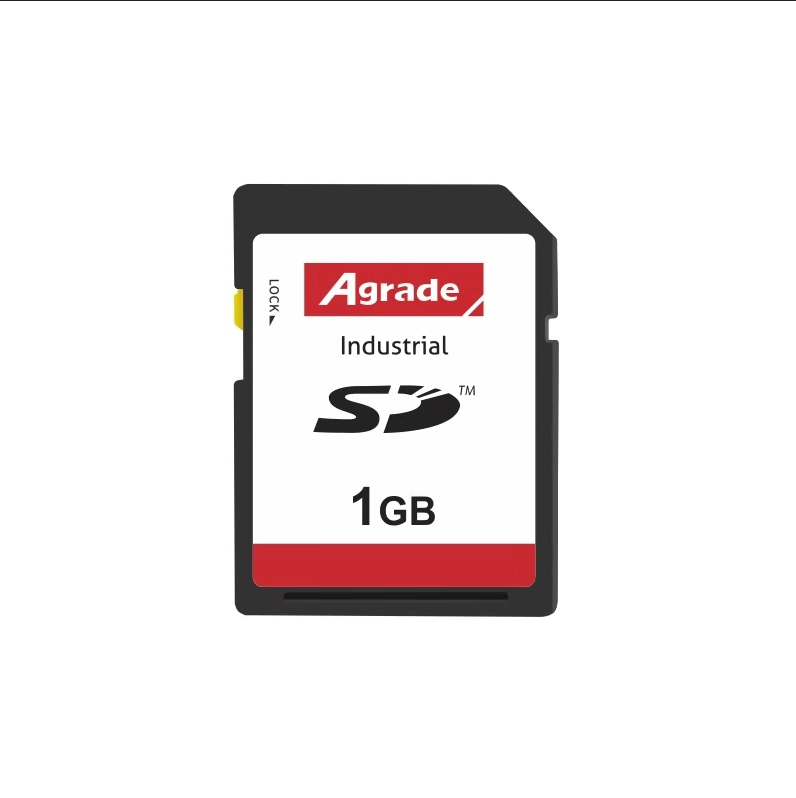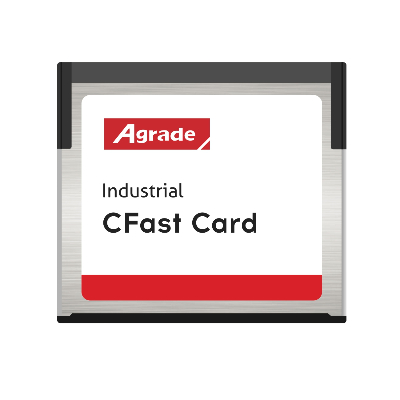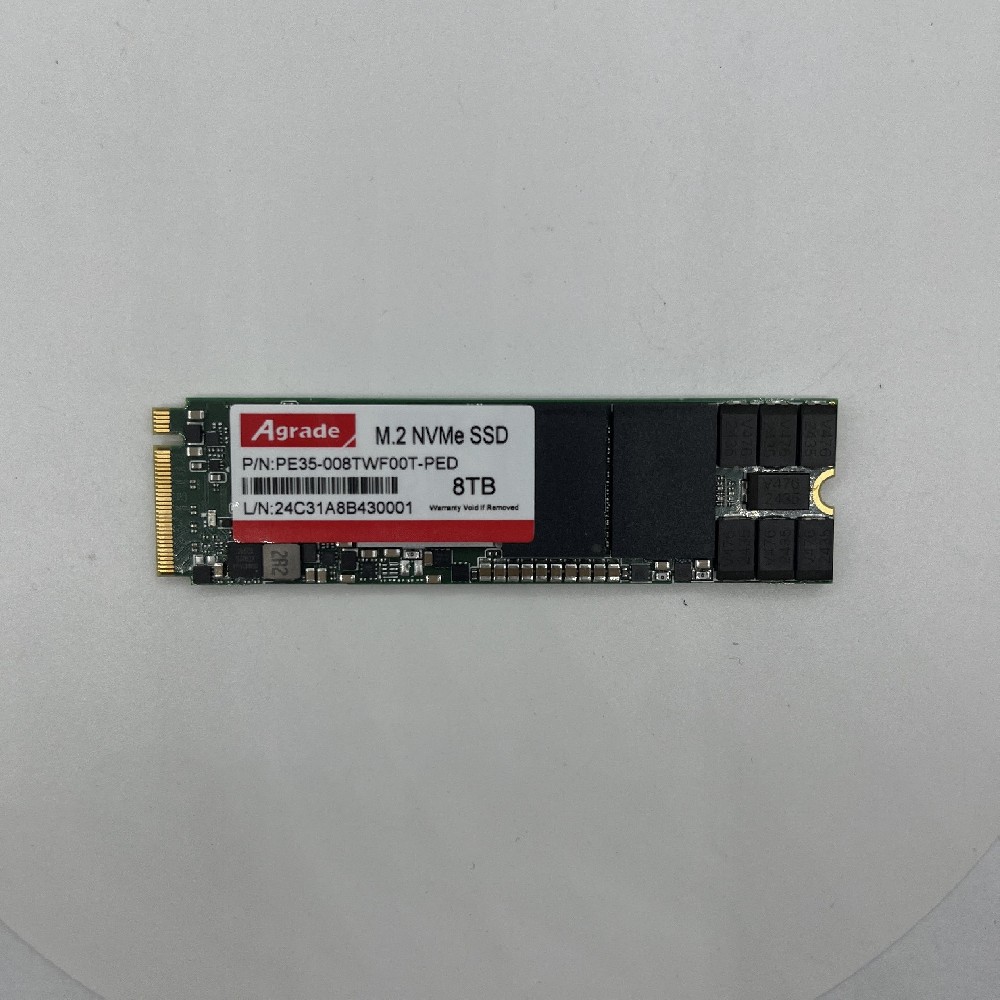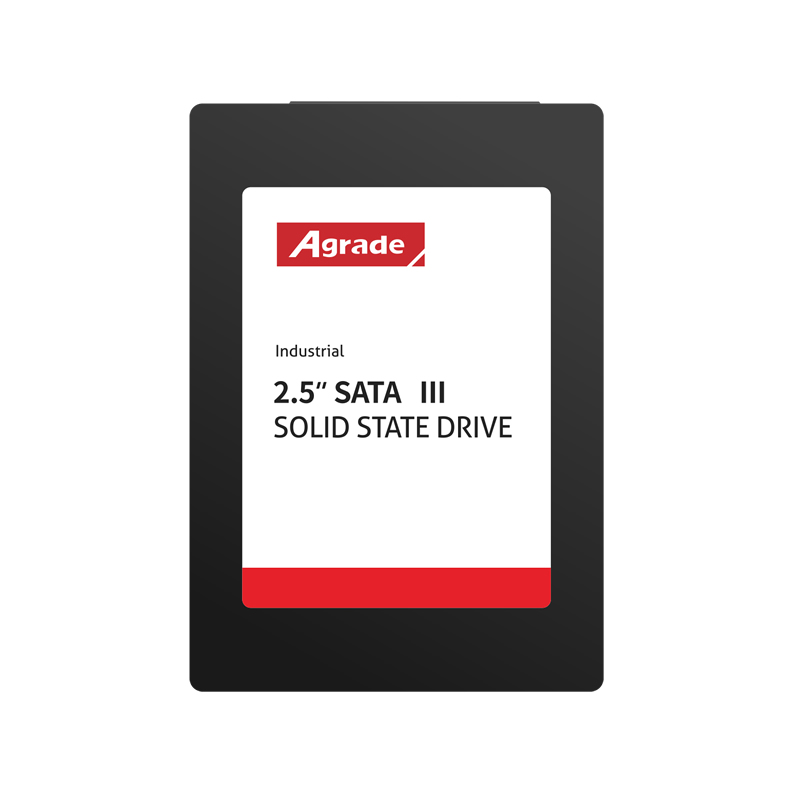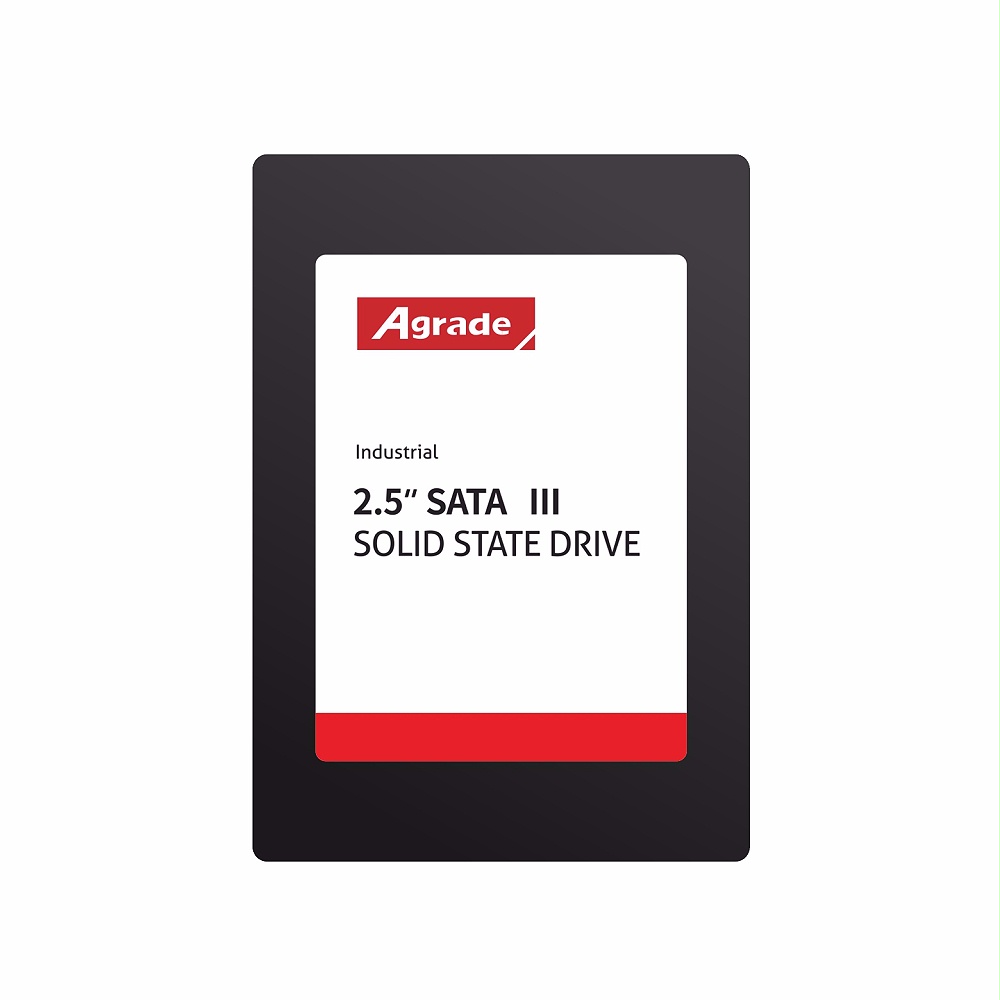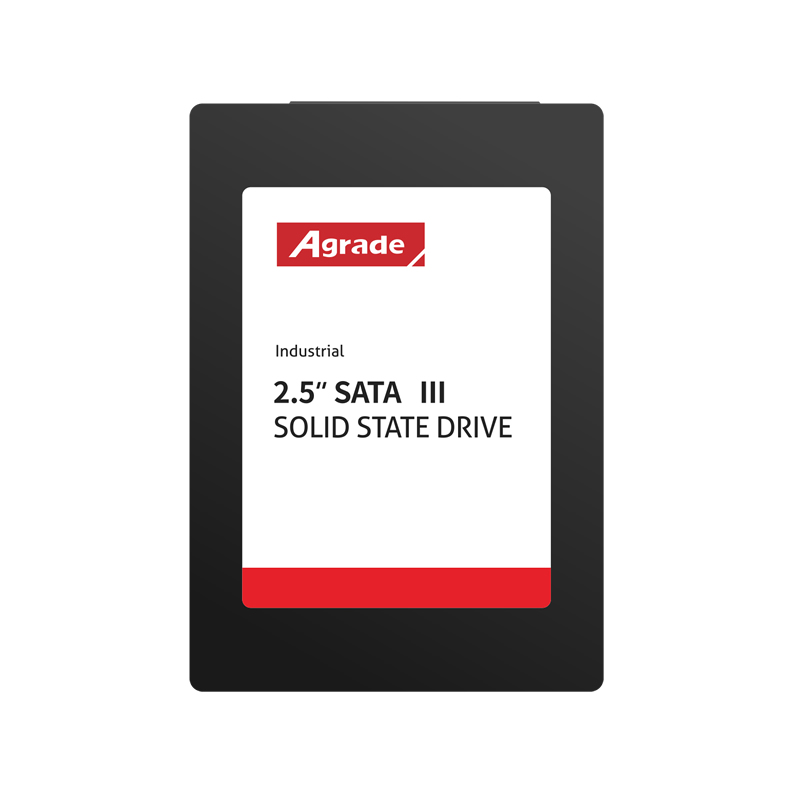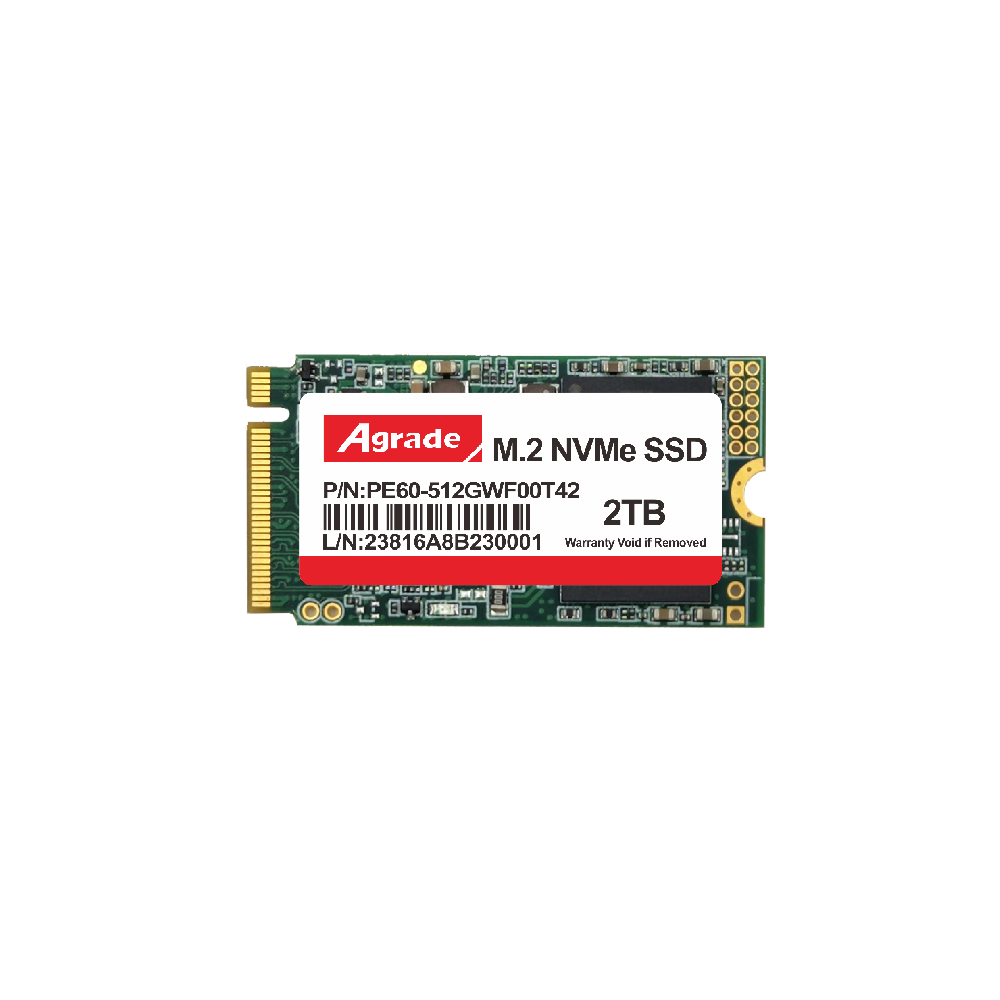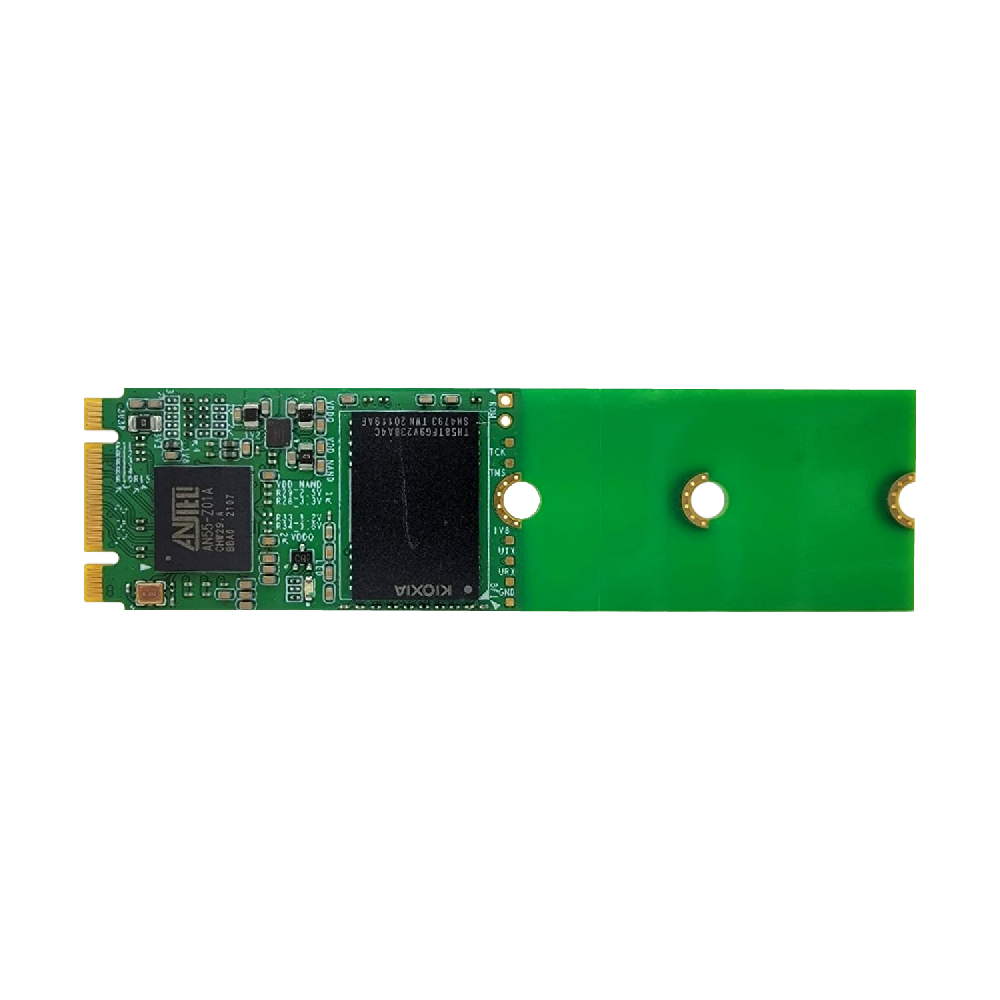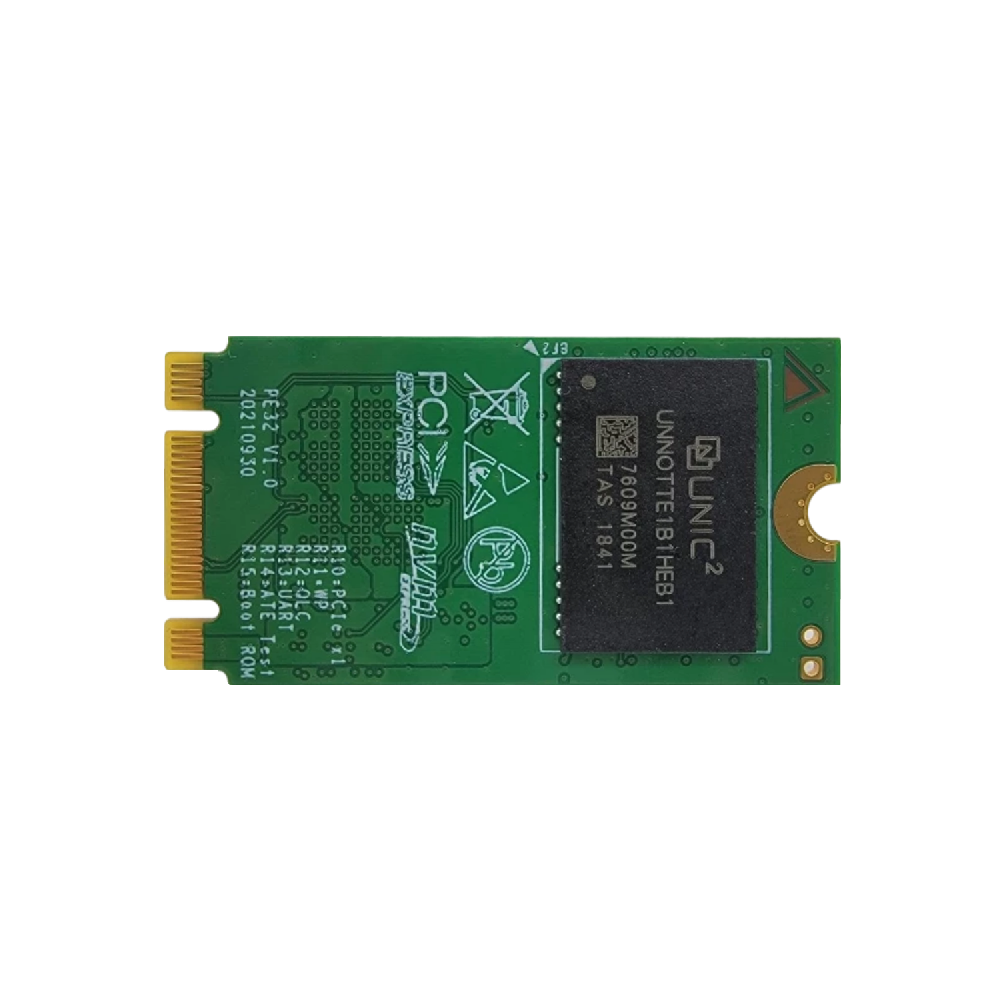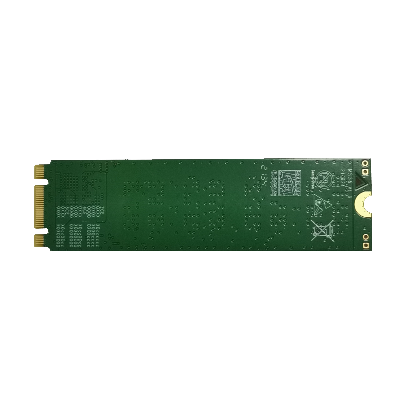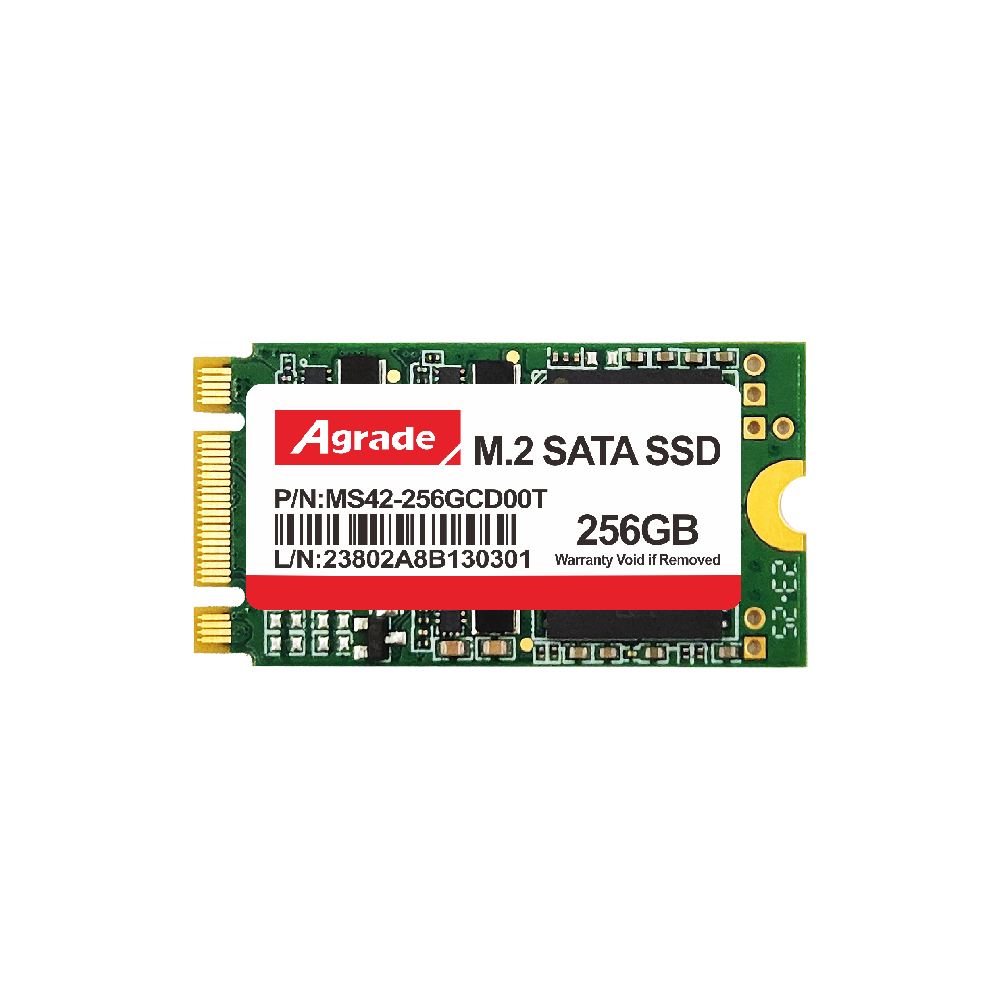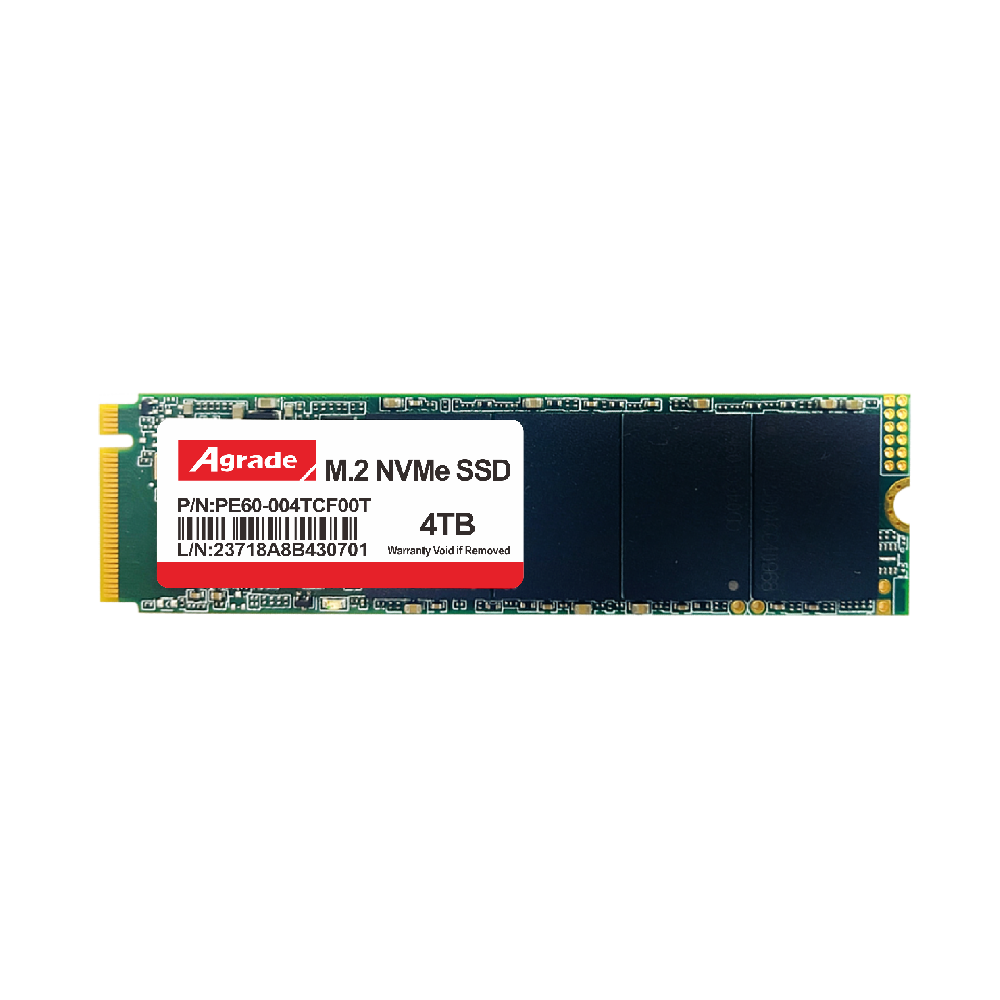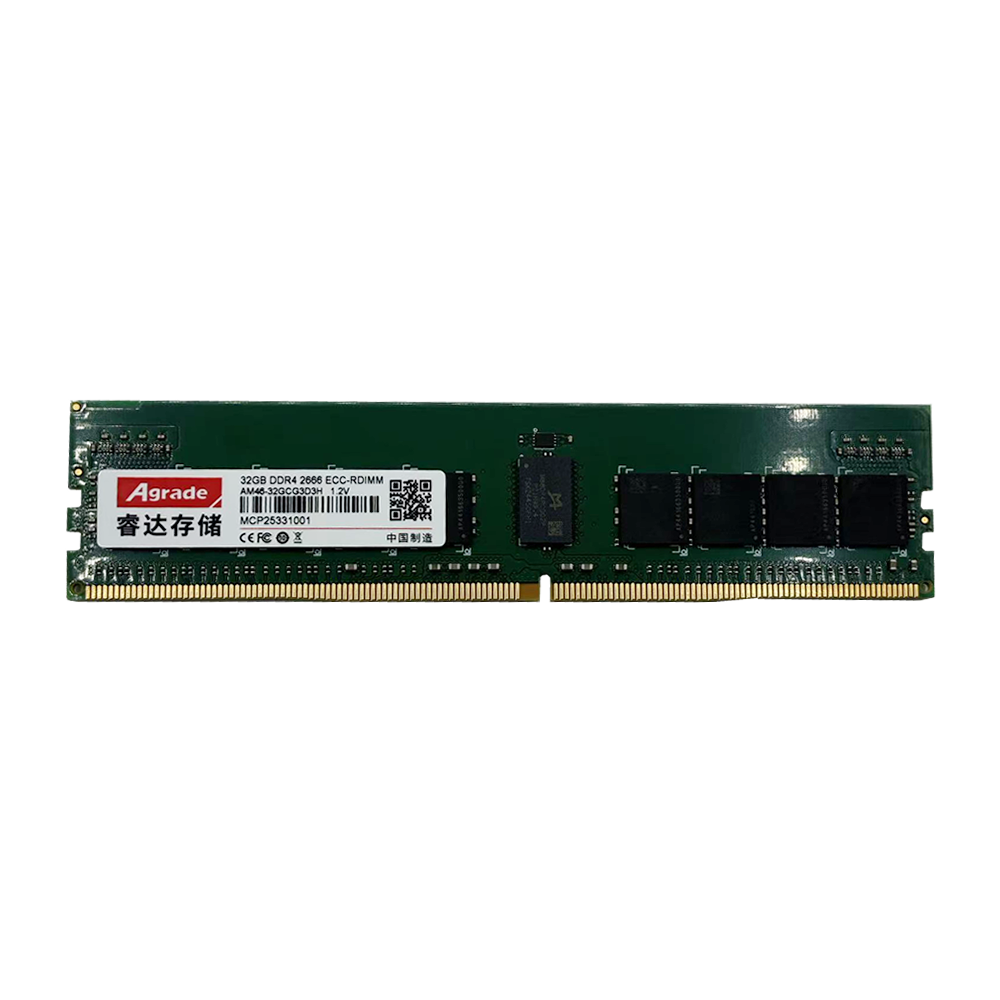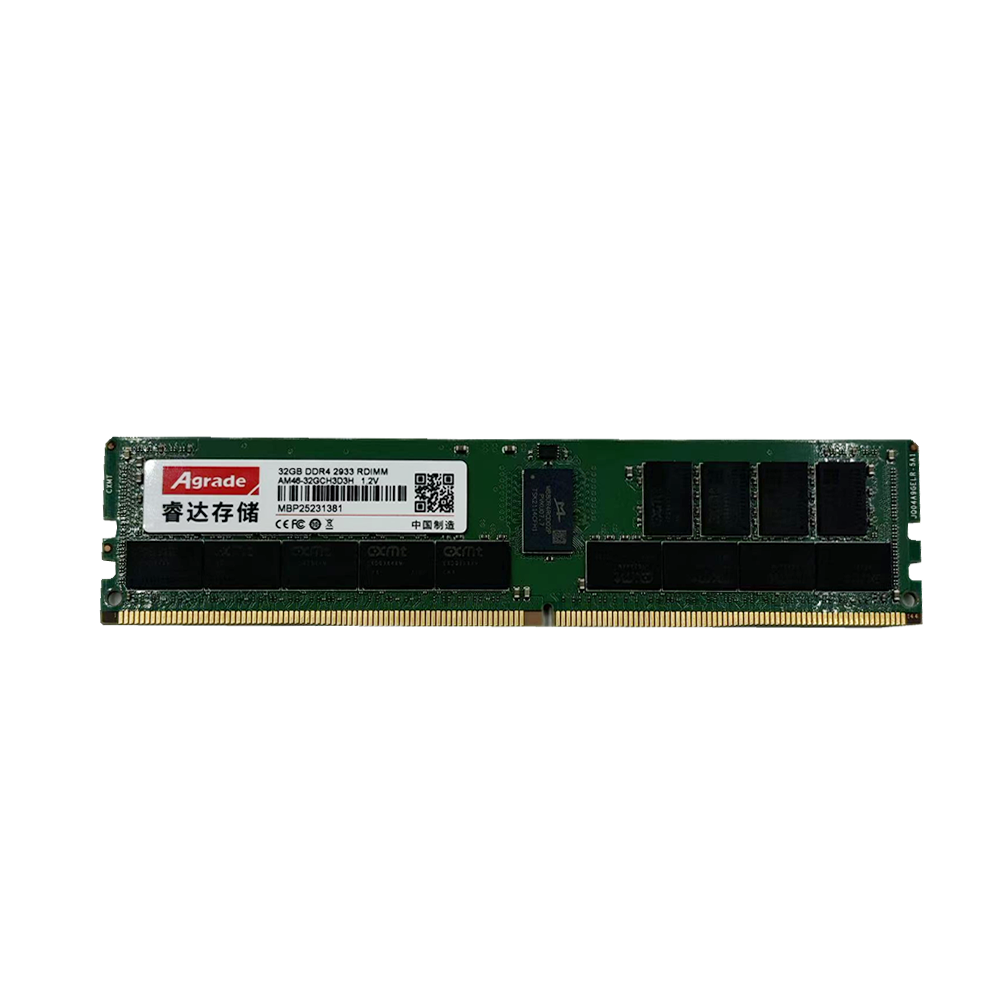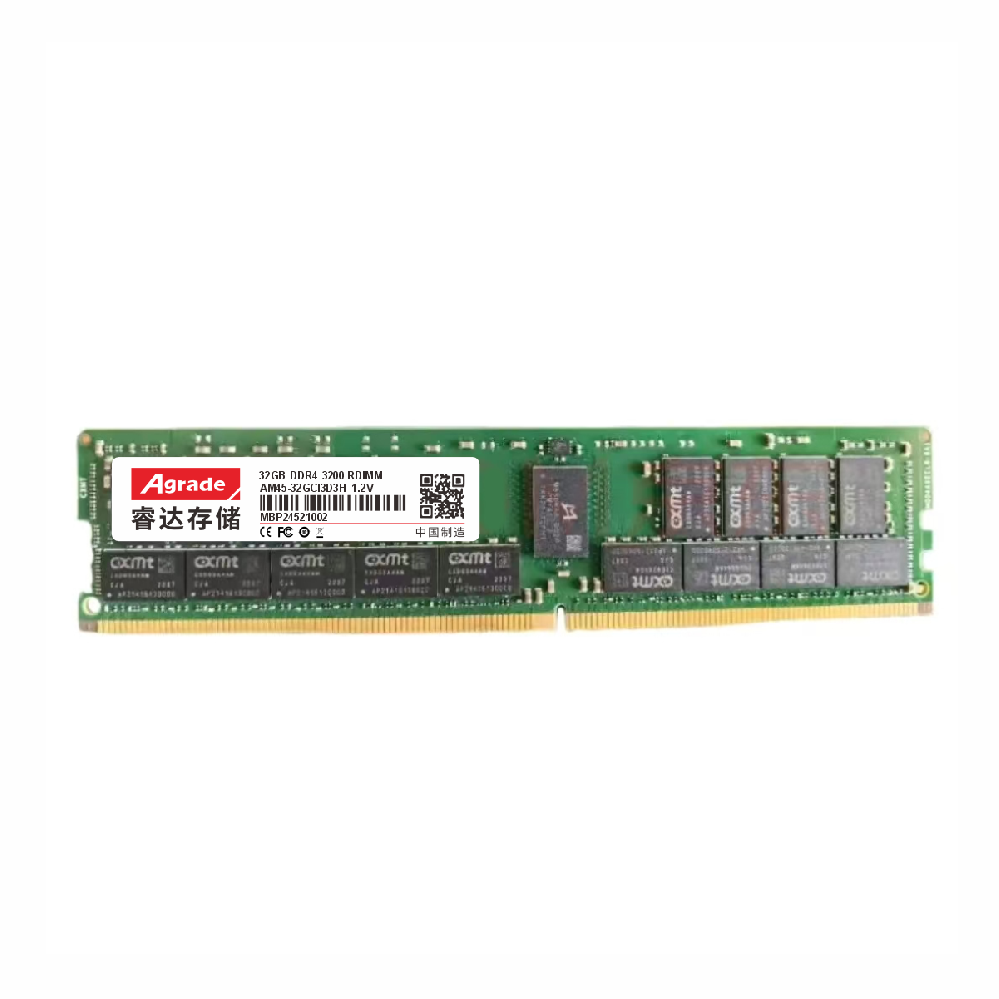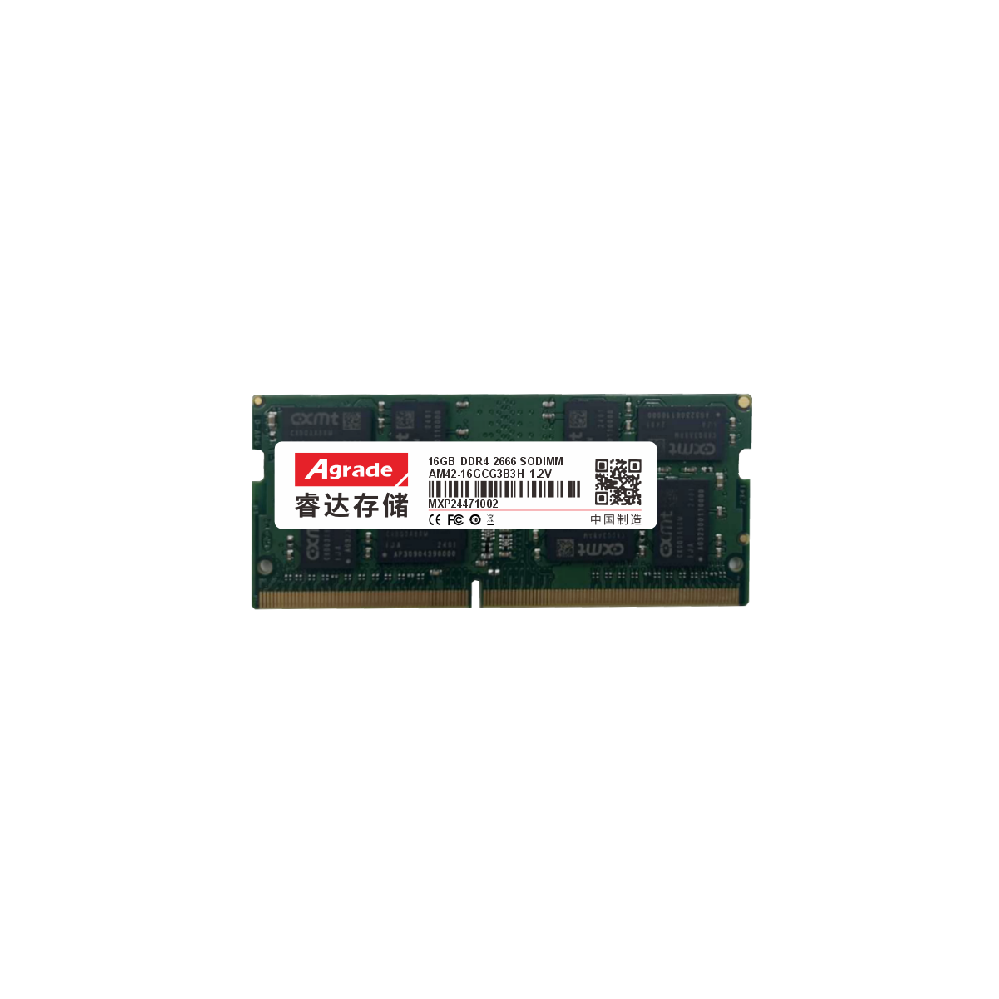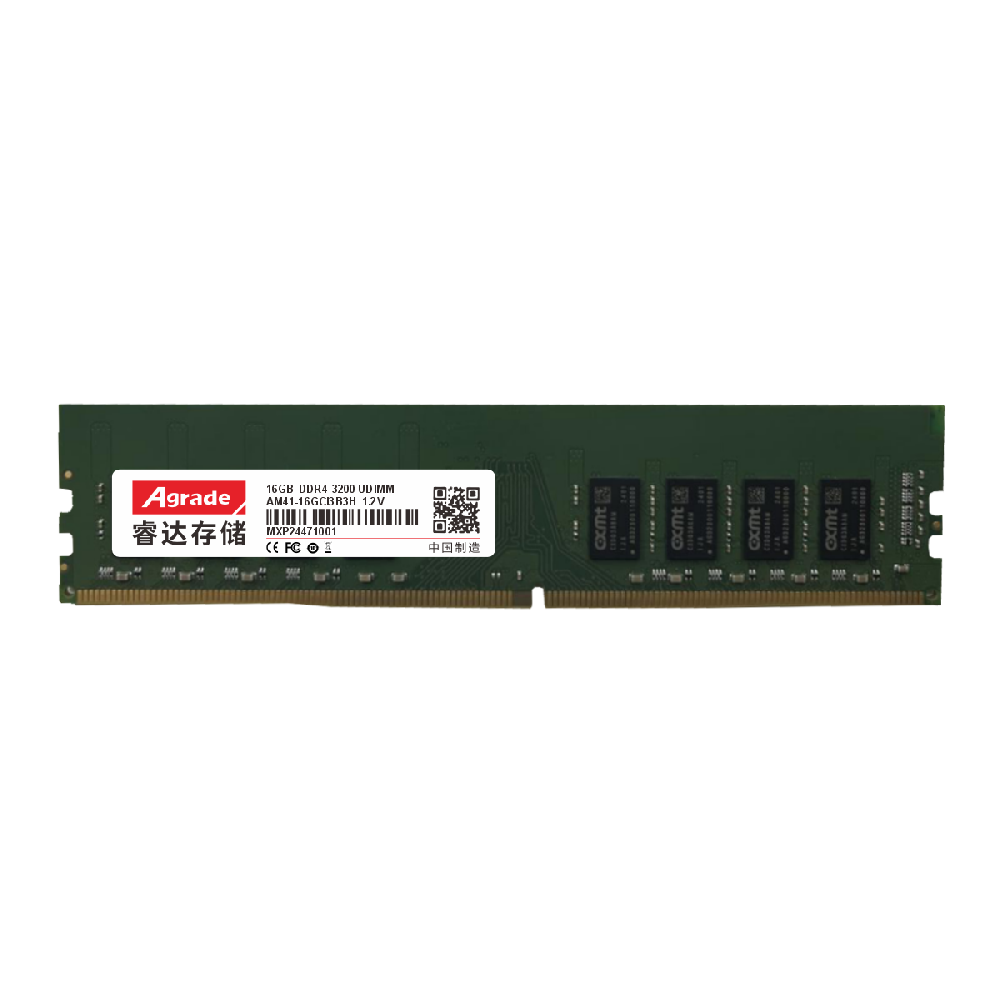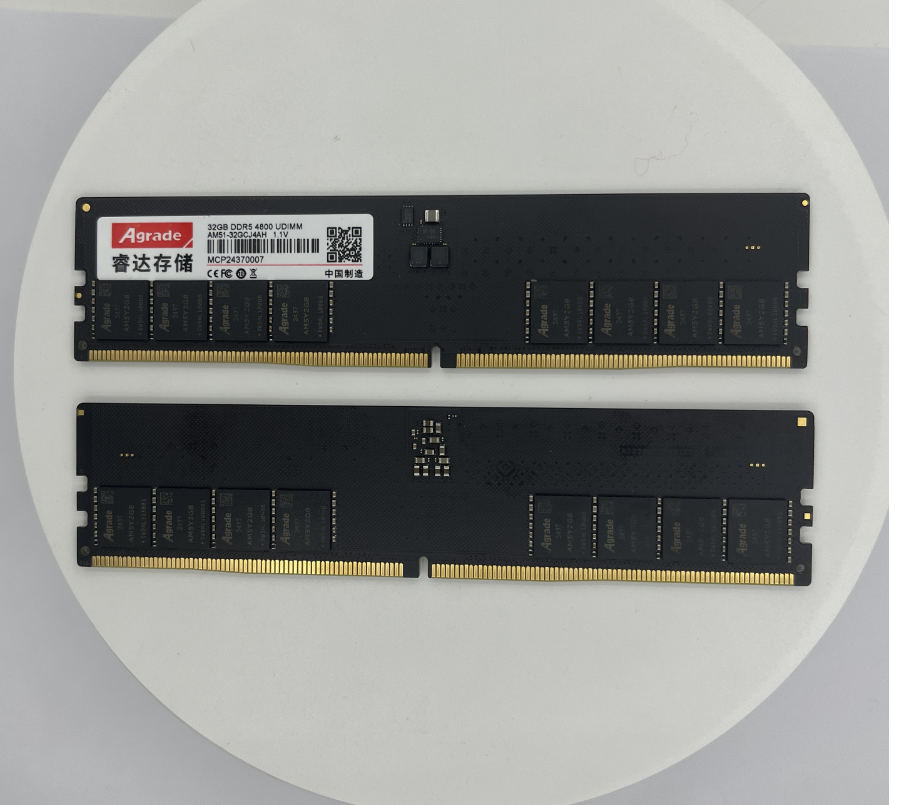

News
 电商部
电商部  2025-11-19 10:22:54
2025-11-19 10:22:54 How Industrial SD Cards Revolutionize Industrial Data Storage
How Industrial SD Cards Revolutionize Industrial Data StorageIn the past, traditional data storage methods in industrial settings had several limitations. Hard disk drives (HDDs), for example, were bulky and not very resistant to vibrations and shocks. In a manufacturing plant with heavy machinery in constant operation, the vibrations could easily damage an HDD, leading to data loss. Magnetic tapes, another traditional storage option, had slow access times, which was a major drawback when quick data retrieval was necessary.
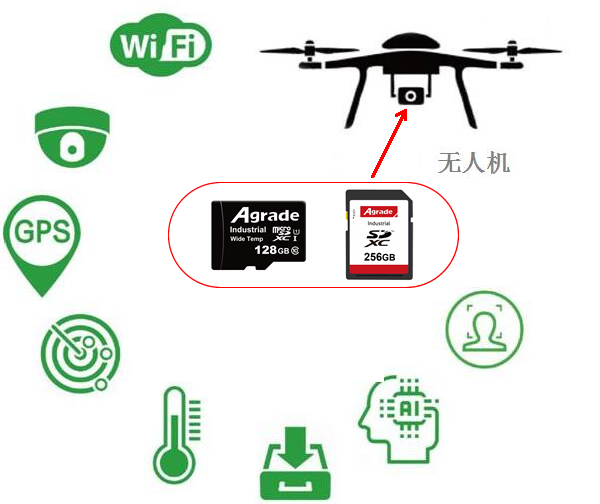
Industrial SD cards have transformed industrial data storage. Their compact size allows for easy integration into various industrial devices, from small sensors to larger control systems. For instance, in a distributed sensor network deployed across a large - scale industrial park to monitor environmental parameters like temperature, humidity, and air quality, industrial SD cards can be directly installed in the tiny sensor nodes. This enables local data storage, reducing the need for continuous data transmission over potentially unreliable wireless networks.
The high read and write speeds of industrial SD cards play a crucial role in optimizing industrial production processes. In a high - speed assembly line, where components are being assembled at a rapid pace, the control system needs to quickly access and update production data. Industrial SD cards can provide the necessary speed, ensuring that the assembly line operates smoothly. If a part needs to be replaced or adjusted based on real - time quality control data, the fast data access from the SD card allows for immediate action, minimizing production delays.
Moreover, industrial SD cards support efficient data management in industrial environments. They can be easily removed and replaced, which is convenient for data archiving. When a certain period of production data needs to be stored for future analysis or compliance purposes, the SD card can be taken out and stored safely, while a new card is inserted into the device to continue data collection. This also simplifies the process of data transfer between different industrial systems, contributing to better overall data management and process optimization in industrial production.






